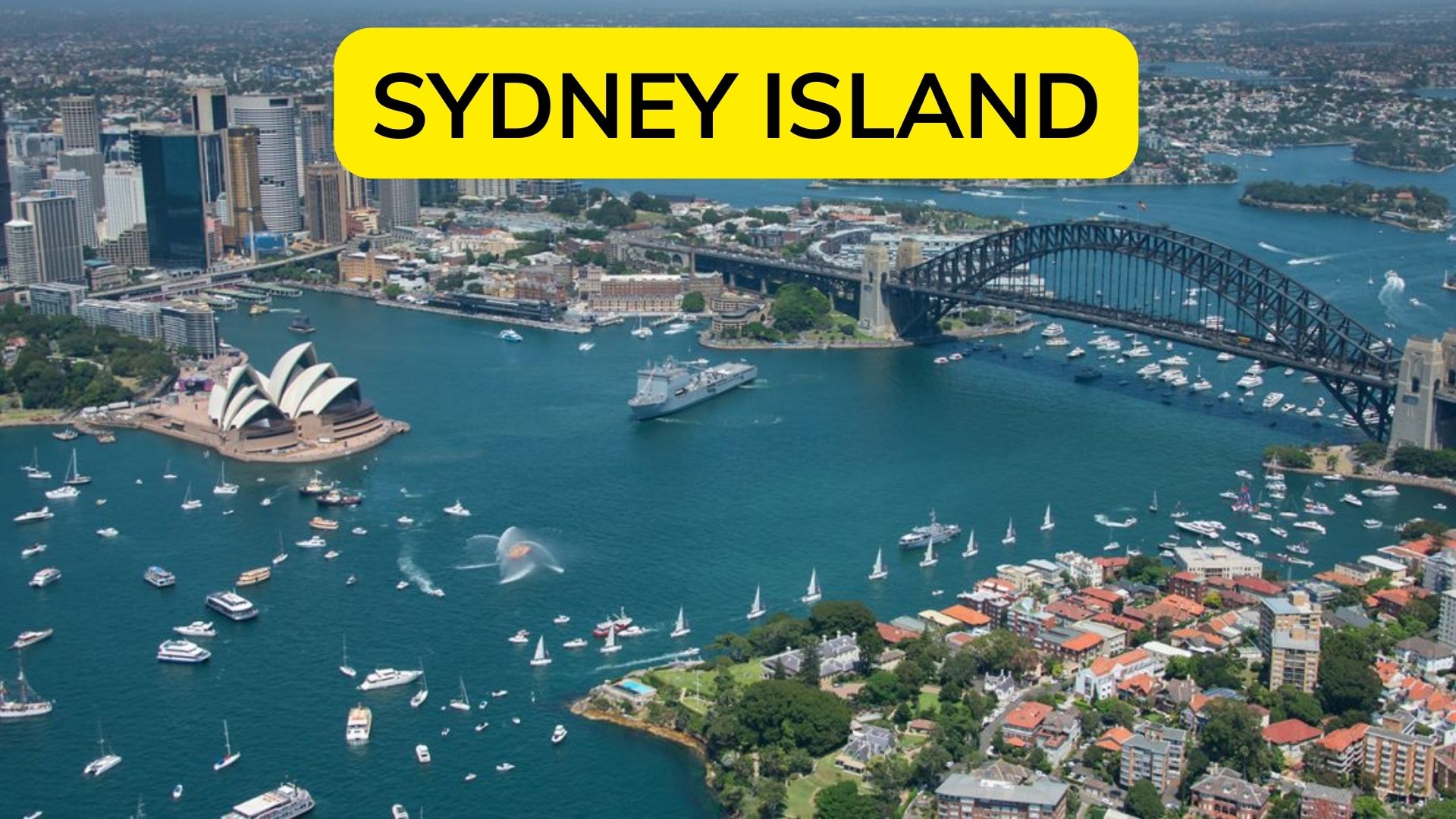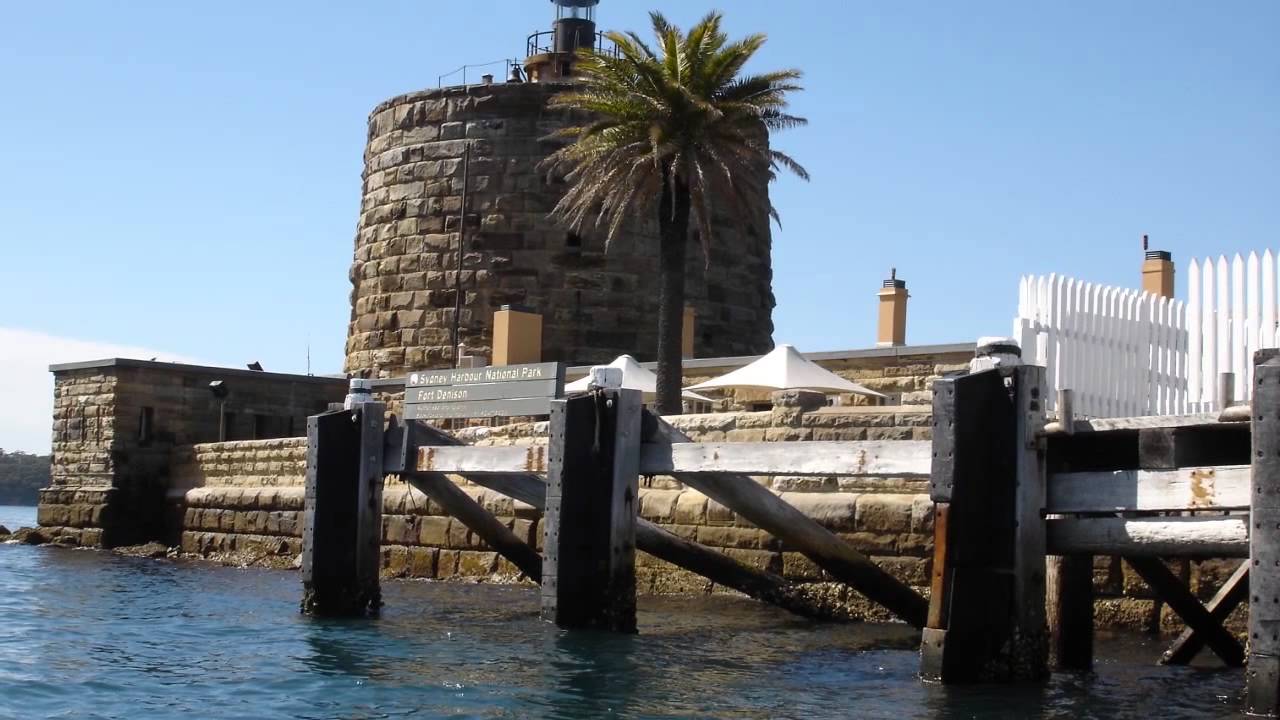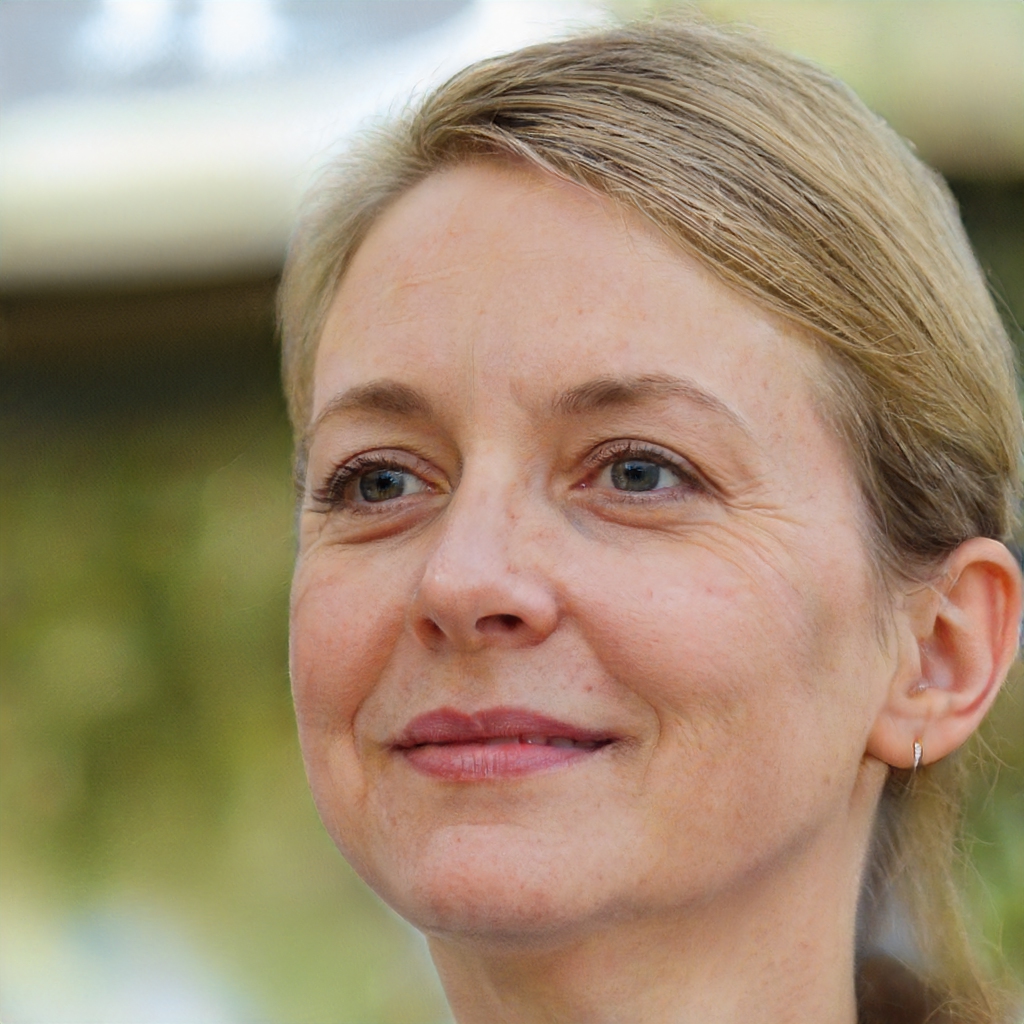Sydney Island - Known As Manra Island
Manra, one of the Phoenix Islands of the Republic of Kiribati, was once known as Sydney Island. It covers 4.4 km2 (1.7 sq mi), stands about six meters tall, and is located at 4° 27′ S and 171° 16′ W longitude. It is a component of the Phoenix Islands Protected Area, together with the other seven Phoenix Islands.
Author:Jane RestureOct 04, 202239K Shares1M Views

Manra, one of the Phoenix Islands of the Republic of Kiribati, was once known as Sydney Island. It covers 4.4 km2 (1.7 sq mi), stands about six meters tall, and is located at 4° 27′ S and 171° 16′ W longitude.
It is a component of the Phoenix Islands Protected Area, together with the other seven Phoenix Islands. In the Phoenix Islands atoll, Manra Island is located there. Manra Island is located southwest of Scrub Forest and close to Hypersaline Lagoon.
During his five-year journey (1831–1836), Charles Darwin visited the island. He then published a theory in 1842 explaining how coral atolls in the South Pacific came to be. Manra is now empty, but it was home to people at different times in the past, including as recently as 1963.
History Of Sydney Island
In contrast to some of the other Phoenix Islands, Manra has at least a dozen platforms and the ruins of enclosures in its northeast and northwest regions, providing clear indications of ancient settlement.
An ethnologist at the Bishop Museum in Honolulu, there were two sets of people, one from eastern Polynesia and the other from Micronesia, These first residents' wells and pits were also discovered.
The Manra was found in 1823 by the Sydney, a London-based whaling ship, under the command of T. Emmett Master. Sydney Aris (1884-1966), née Arundel, the daughter of Lillie and John T. Arundel, was born there.
On the island at the time, John T. Arundel & Co. was working to mine guano. Early in the 20th century, Burns, Philp & Co converted Manra into a coconut plantation. Later, in 1938, it was added to the Phoenix Islands Settlement Scheme, the last step in the British Empire's colonial expansion, as one of the islands.

Sydney Harbour Islands
Reefs In Manra
Although the lagoon is too saline to sustain marine life, the surrounding reef and offshore seas are teeming with fish. Visitors to the island reportedly refused to eat any fish taken off the reef due to ciguatera sickness.
Maude's 1937 study, Colonization of the Phoenix Islands. Bryan, on the other hand, steadfastly maintained that the reef is home to more fish species that are great food.
Submissive and branching corals dominated the coral communities at Manra also known as Sydney Island, according to studies conducted in 2000 (Obura et al.). Both the northern windward location and the leeward site featured substantial amounts of mushroom coral.
The leeward site had a great number of giant coral heads. In the leeward sites, there was around 30% live coral cover and 20% coralline algae, followed by a mixture of fleshy algae, coral debris, and sand.
These coral communities are typical of the Phoenix Islands. Cyphastrea Chalcidice, Echinoderm lamellosa, Goniastrea stelligera, Herpolitha limax, Favites pentagona, Fungia danai, Fungia fungites, and Fungia scutaria were the most prevalent coral species at Manra.
People Also Ask
How Much Area Does Sydney's Island Cover?
The area of Sydney Island is 4.4 kilometers squared or 1.7 square miles.
When Was Sydney Island Found?
The Sydney, in 1823, was the vessel that discovered the Manra.
What Is The Second Name For Sydney Island?
Manra Island is another name for the island that call Sydney.
Conclusion
One of the Phoenix Islands of the Republic of Kiribati is Manra Island, also known as Sydney Island. It has a 4.4 sq. km. area, a six-meter elevation, and coordinates of 4 deg. 27 min. S latitude and 171 deg. 16 min. W longitude.
It is a component of the Phoenix Islands Protected Area, the biggest marine protected area in the world, together with the other seven Phoenix Islands.

Jane Resture
Author
Since she embarked on her first world trip in 2002, Jane Resture spent the past decades sharing her personal journey and travel tips with people around the world. She has traveled to over 80 countries and territories, where she experienced other cultures, wildlife she had only read about in books, new foods, new people, and new amazing experiences.
Jane believes that travel is for everyone and it helps us learn about ourselves and the world around us. Her goal is to help more people from more backgrounds experience the joy of exploration because she trusts that travel opens the door to the greatest, most unforgettable experiences life can offer and this builds a kinder, more inclusive, more open-minded world.
Latest Articles
Popular Articles
